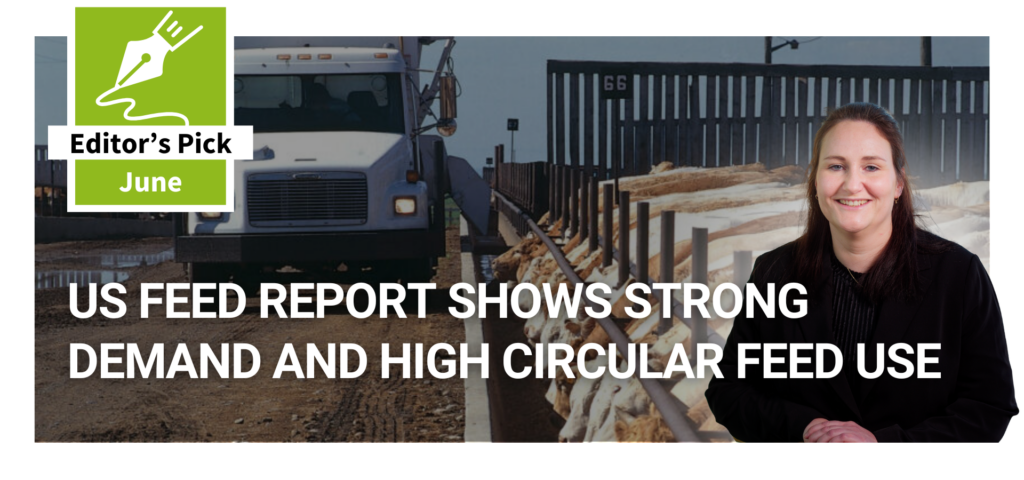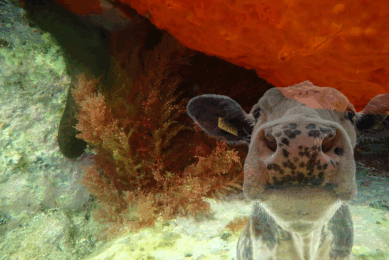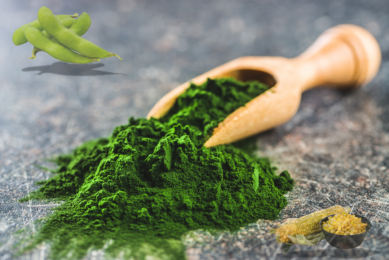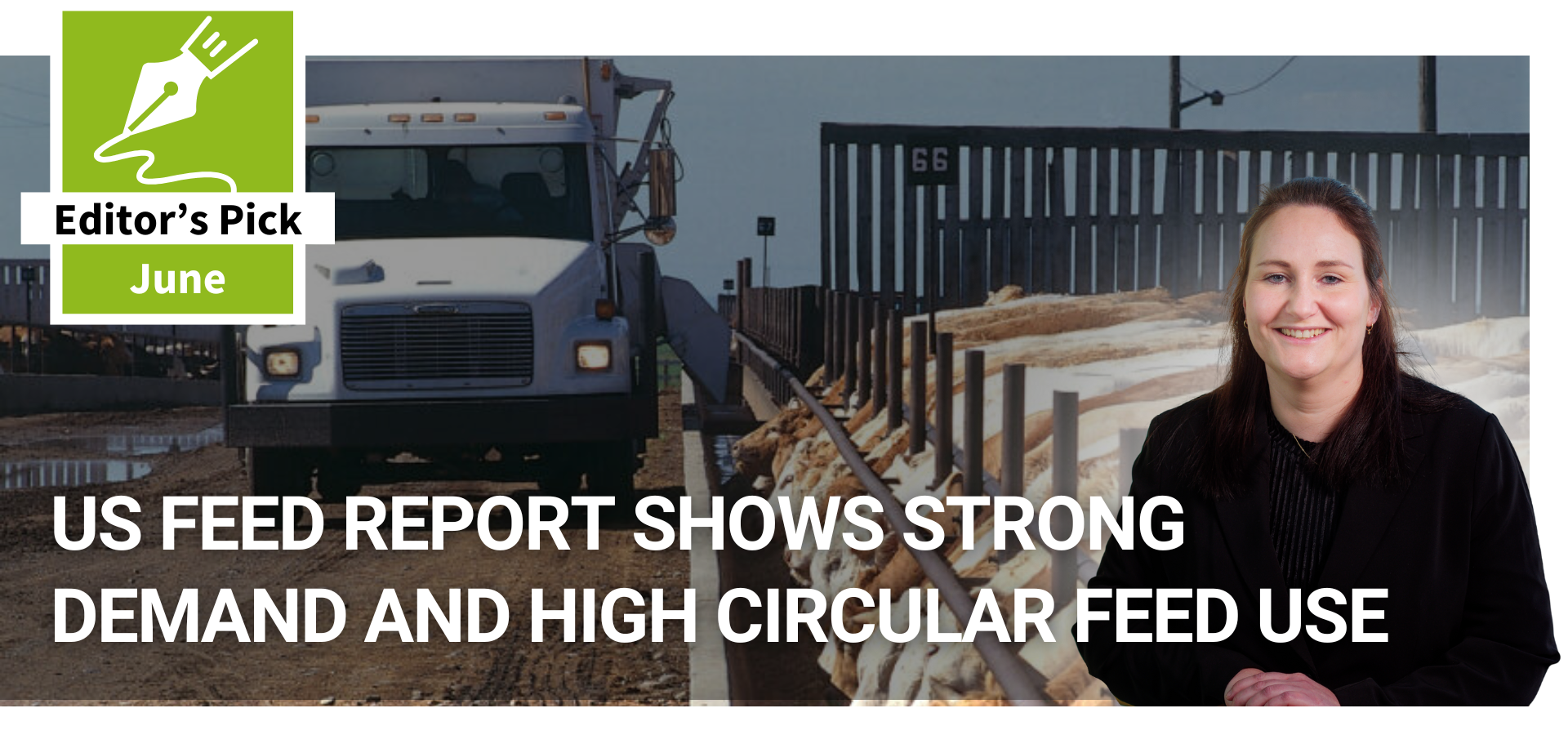Breakthrough in antibiotic research
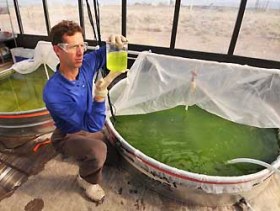
Italian scientists have developed a new strain of antibiotics that can be used as a growth promoter without the detrimental effects of current banned products, a press release said today.
Green algae, if manipulated well, are an ideal production factory for manufacturing bio-chemicals.
They are already explored as a source for biofuels but two scientists of the Italian Istituto di Ricerche Scioccheze in Milan have manipulated the green stuff to produce natural antibiotics that promote growth in farm animals.
No resistance
And the advantage is that these bio-antibiotics do not induce resistance or end up in the manure and environment, because they are completely broken down during digestion.
Also the production system does not require expensive laboratory and fermentation equipment since the algae grow abundantly in the saline waters of the Mediterranean Sea.
“Current methods to produce antibiotics are expensive to set up and maintain”, says Dr Antonio di Sapientone, leader of the research team.
“Feeding yeast or other fungi requires large amounts of nutrients and sustaining them requires large amounts of energy. Also the required sterile facilities are a costly proposition.”
Sunlight and carbon dioxide
Algae subsist on sunlight and carbon dioxide in the air, which make them an ideal and cost-effective substitute.
“We have discovered a green algae type that only grows in certain bays along the Italian coast that form the basis for a micro bio-chemical factory”, says Philippa so Molto, who is conducting a PhD study on the subject and is assisting Di Sapiento.
“We have inserted genes for production of several different therapeutic proteins currently being made in yeast, bacteria, and mammalian cells. After several mistrials we now have two proteins that are produced at levels high enough for commercial use.”
When upscaled production costs could be lower than one euro per gram of protein, which would be a great benefit to farmers in trying to produce quality meat for an affordable price.
Improved performance
In laboratory trials the growth promoters improved feed conversions in pigs more than 20% without compromising meat quality. Also in broiler chickens feed conversions improved considerably.
The researchers do not elaborate on the active ingredients and the manufacturing procedures. “We are in the middle of a registration and patent acquiring process, so we keep the information to ourselves for the moment”, Di Sapientone says.
So Molto says that they also want to find a distributing partner before really entering the animal feed market. “And I want to finish my PhD thesis on it, which is planned at the end of March 2011, so the market can expect more after that date.”
Attention: THIS ARTICLE WAS FIRST PUBLISHED ON APRIL 1!



